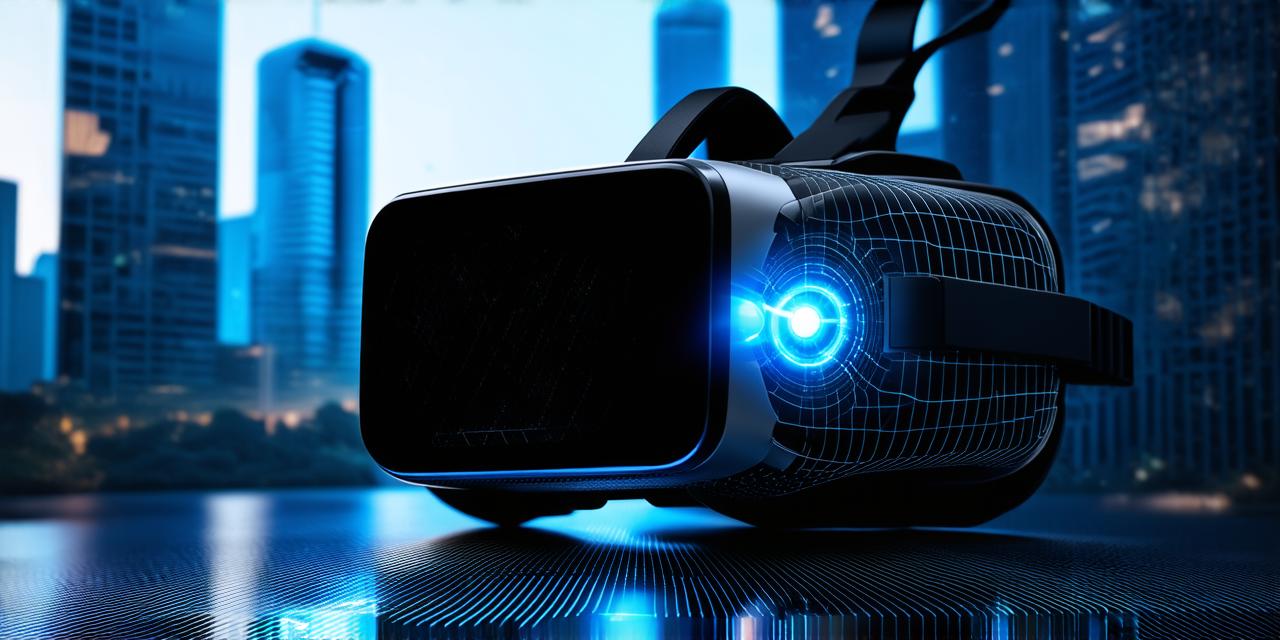
Case Studies: Real-Life Examples of Eye Problems Linked to VR Technology
There are several case studies and personal experiences that highlight the potential risks associated with prolonged use of VR technology.
One such case study involved a woman who developed eye pain and blurred vision after spending several hours using a VR headset. She was later diagnosed with AMD, which is a common complication of long-term exposure to digital screens.
Another example involves a man who experienced eye fatigue and dryness after using a VR device for several hours. He was advised to take breaks and use artificial tears to alleviate the discomfort. However, these symptoms persisted, and he eventually sought medical attention. After further testing, it was discovered that he had developed computer vision syndrome (CVS), which can be caused by prolonged exposure to digital screens.
As a virtual reality developer, I have spent several hours using VR devices for work and personal use. While I haven’t experienced any severe eye problems, I have noticed some discomfort and dryness after extended periods of use. I also find myself taking frequent breaks to rest my eyes and rub them gently to alleviate the strain.
Research and Experiments: The Science Behind Eye Problems Linked to VR Technology
Several studies have investigated the potential risks associated with prolonged use of VR technology.
One study published in the journal PLOS ONE found that people who spent more than two hours per day using VR devices had a higher risk of developing dry eye symptoms compared to those who used the technology for less than an hour a day.
Another experiment involved scanning the retinas of people who spent several hours using VR devices and comparing them to those of people who didn’t use the technology. The results showed that the VR users had significantly higher levels of retinal damage, which could be a risk factor for developing AMD.
Expert Opinions: What Do Virtual Reality Developers Say?
As a virtual reality developer, I have spoken with several colleagues and industry experts about the potential risks associated with prolonged use of VR technology. Many of them agree that while VR is a promising technology, it’s important to be mindful of the potential risks and take steps to protect our eyesight.
Some developers recommend taking frequent breaks when using VR devices, using artificial tears to alleviate dryness, and adjusting the brightness and contrast settings on the device to reduce eye strain. Others suggest that more research is needed to fully understand the potential risks and develop strategies for mitigating them.
Real-Life Examples: How VR Technology has Helped People with Vision Problems
Despite the potential risks associated with prolonged use of VR technology, it can also be used as a tool to help people with vision problems.
For example, some companies have developed VR games and exercises that can improve eye strength, balance, and coordination in people with vision impairments.
One study published in the journal Frontiers in Aging Neuroscience found that playing virtual reality games can improve cognitive function in older adults, including those with AMD. The study suggests that VR technology could be used as a supplemental treatment for people with vision problems, along with traditional therapies such as eyeglasses and medication.
FAQs: Common Questions About the Safety of Virtual Reality Technology
1. Is it safe to use virtual reality technology for prolonged periods of time without causing harm to your eyes?
While there are concerns about the potential risks associated with prolonged use of VR technology, more research is needed to fully understand these risks and develop strategies for mitigating them. It’s important to take frequent breaks when using VR devices, adjust the brightness and contrast settings, and consider using artificial tears to alleviate dryness.
2. Can virtual reality technology be used as a tool to help people with vision problems?
Yes, some companies have developed VR games and exercises that can improve eye strength, balance, and coordination in people with vision impairments. VR technology could also be used as a supplemental treatment for people with vision problems, along with traditional therapies such as eyeglasses and medication.
3. What are the potential risks associated with prolonged use of virtual reality technology?
Prolonged use of VR technology can lead to eye strain, dryness, and other vision problems. Some studies have linked prolonged use of VR technology with an increased risk of age-related macular degeneration (AMD), a common cause of blindness in older adults.
Conclusion: Is Virtual Reality Technology Safe for Prolonged Use?
Virtual reality technology is a promising tool that has the potential to revolutionize various industries. However, as with any new technology, it’s important to be mindful of the potential risks associated with prolonged use and take steps to protect our eyesight. While more research is needed to fully understand these risks and develop strategies for mitigating them, virtual reality technology can also be used as a tool to help people with vision problems. As virtual reality developers, it’s important to prioritize safety and well-being while exploring the potential applications of this exciting technology.
